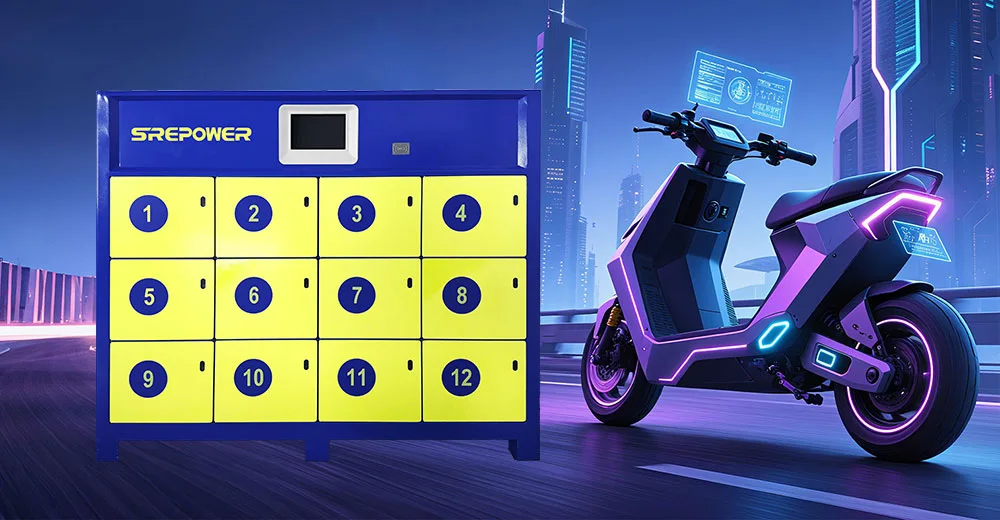
In the rapidly expanding electric two‑ and three‑wheeler market, the battery exchange station — also known as the Battery Swap Station, Battery Swapping Station, EV Battery Swap Station, Motorcycle Battery Exchange Station, Scooter Battery Swap Station, or Swappable Battery Station — is revolutionizing urban micro‑mobility. This article delves into the station’s principles and advantages, examines its applications for motorcycles and scooters, and explores global industry leaders and future trends to help you fully understand today’s and tomorrow’s battery exchange solutions.
A battery exchange station is an integrated system for storing, monitoring, and swapping depleted batteries in seconds rather than waiting minutes or hours to recharge. Sometimes called a Battery Swap Station or Swappable Battery Station, it automates the exchange process: users insert their discharged battery, the system identifies and isolates it, and a fully charged battery is dispensed—all typically in under 30 seconds.
For two‑ and three‑wheeled electric vehicles—such as motorcycles, e‑bikes, and electric scooters—Motorcycle Battery Exchange Stations and Scooter Battery Swap Stations have become critical infrastructure. Deployed across China, Indonesia, Africa, and beyond, these Electric Vehicle Battery Exchange Stations leverage cloud‑based IoT platforms to continuously monitor state‑of‑charge, temperature, voltage, and performance data. By centralizing battery maintenance and inventory, operators ensure consistent Safe Recharge standards, minimize downtime, and extend battery lifespan. This turnkey approach meets the needs of high‑frequency urban fleets, delivery services, and ride‑hailing operators while providing riders with seamless, on‑demand power.
Battery & User Identification
The rider authenticates via NFC card or QR code.
The system reads battery serial number and usage history.
Safety Inspection
Built‑in sensors measure current, voltage, and temperature to verify safety.
Over-current, over‑voltage, and short‑circuit protections are confirmed.
Automated Swap Process
A mechanical arm or sliding tray removes the empty battery and inserts a fully charged one.
Total swap time ranges from 3 to 10 seconds.
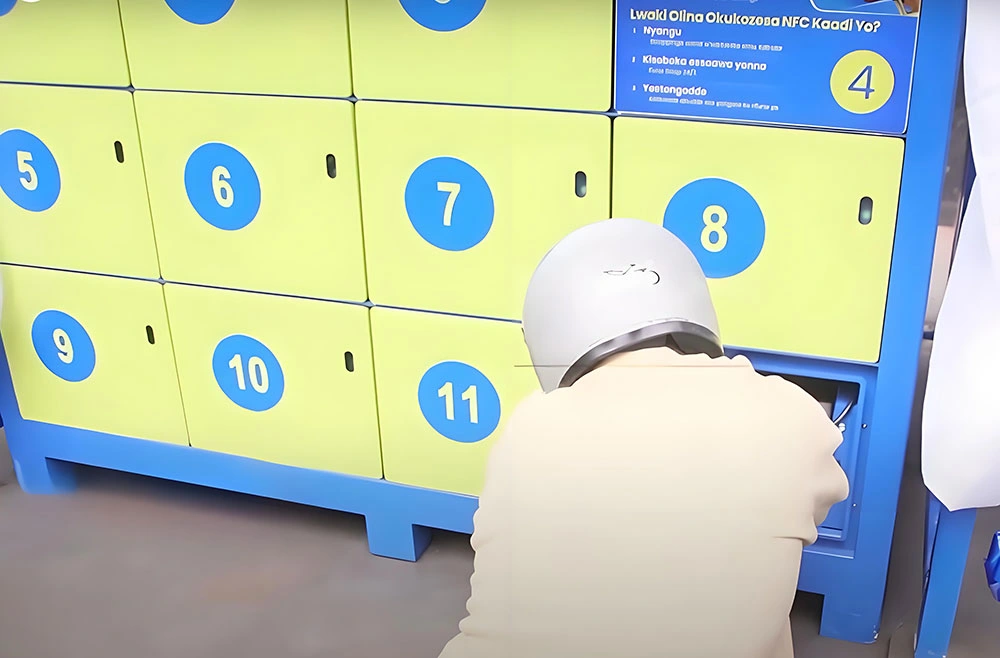
Cloud Synchronization
Swap data (energy transferred, duration, fault logs) uploads instantly via 2G/4G or OCPP to a centralized IoT platform.
Operators can remotely monitor station health, push OTA firmware updates, and optimize maintenance schedules.
Payment & Settlement
Integrated payment gateways support pay‑per‑swap, subscription plans, or post‑paid billing.
Detailed invoices are generated and sent to users’ mobile apps.
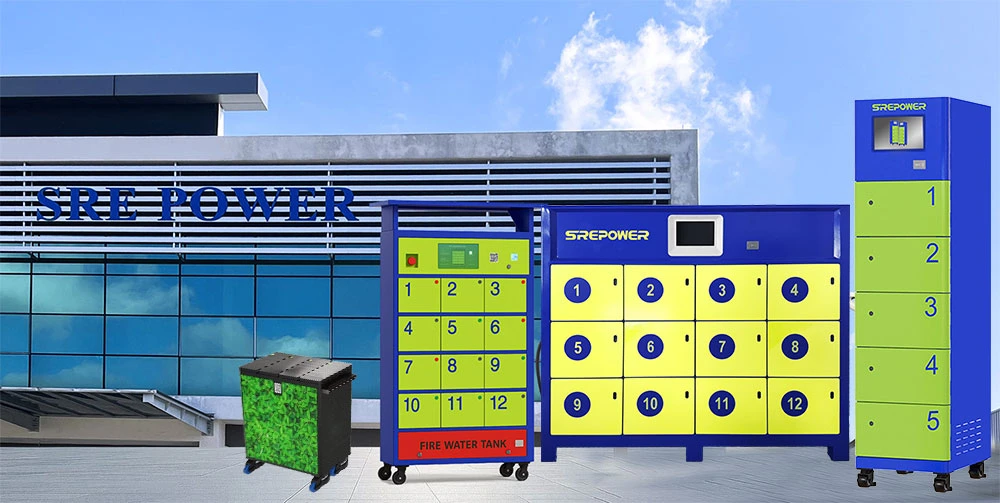
Pricing varies by compartment count, power rating, and feature set:
Entry‑Level (4–6 compartments, 5–10 kW): ¥30,000–¥60,000 per unit
Mid‑Range (8–10 compartments, 10–16 kW): ¥60,000–¥100,000 per unit
Premium (12–15 compartments, 15–24 kW): ¥100,000–¥150,000 per unit
Custom features—RFID, advanced monitoring, water‑cooling systems—or local production can introduce ±10–20% price adjustments..
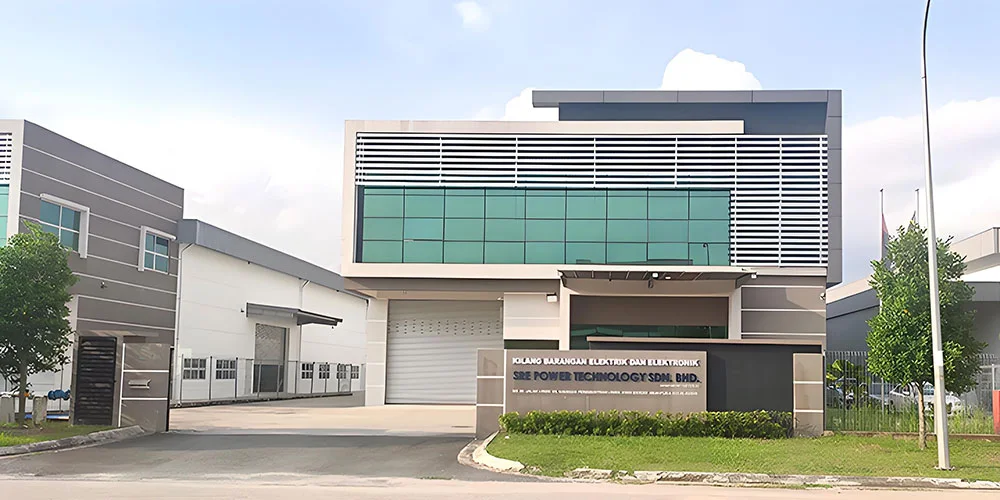
In response to Indonesia’s fast‑growing electric two‑wheeler market, SRE Power’s leadership—Mr. Dai and Mr. Shuai—traveled to Jakarta, Surabaya, and Bali in early 2024 to conduct on‑site research. Indonesia, the world’s largest archipelago with over 17,000 islands, has traditionally relied on 120 million internal‑combustion vehicles, but its electric motorcycle fleet surged to 500,000 units by December 31, 2024—an increase of over 300% year‑on‑year. The government has set an ambitious target: 13 million electric motorcycles in operation by 2030, supported by subsidies of up to IDR 7 million per bike through 2025. Ride‑hailing giants Gojek and Grab are partnering with domestic OEMs such as Gesits and Viar to drive "oil‑to‑electric" conversion, creating immediate demand for battery replenishment infrastructure.
Drawing on these insights, SRE Power deployed a hybrid “swap + charge” solution tailored to Indonesia’s unique climate and fragmented grid. Key
features include:
Military‑Grade RFID Identification: Achieves “3 sec battery recognition + 10 sec exchange,” even when network signals are unstable across islands.
Robust Safety Systems: Integrated water‑cooling fire suppression, smoke detection, and IP65‑rated enclosures ensure reliable operation amid high humidity and temperatures exceeding 35 °C.
Dual‑Mode Energy Replenishment: Combines in‑cabinet battery swaps with external fast charging ports, ideal for gas stations, convenience stores, and residential complexes.
Localized IoT Platform: Custom software supports 2G/4G connectivity, remote fault alerts, and OTA firmware updates, allowing smaller operators to manage multiple sites via mobile app.
By mid‑2025, over 200 customized swap cabinets were installed across Jabodetabek, Bali tourist zones, and strategic rural hubs. Preliminary results show average swap times under 15 seconds and a 25% reduction in grid dependency during peak hours—validating SRE’s “Safe Recharge E‑mobility” commitment and setting the stage for scaling to thousands of units by 2027.

In February 2024, SRE Power launched its first automated battery swap stations for Spiro in Nairobi and Mombasa, marking the beginning of a transformative collaboration. Spiro, operating 30,000+ electric mopeds across eight African countries, had completed over 20 million manual swaps with an average duration of 5–8 minutes—creating bottlenecks during peak demand.
Project Scope & Solution
12‑Slot Swap Cabinets: Each station accommodates a dozen 48–72 V Li‑ion packs, automatically allocated via RFID or app, with swap cycles under 60 seconds.
Real‑Time SoC Monitoring: Built‑in intelligent modules track state‑of‑charge, temperature, and voltage, transmitting data over 4G to Spiro’s central dashboard.
Resilient Design: IP65 dust‑proof/waterproof cabinets adapted to Nairobi’s rainy season and Mombasa’s coastal humidity.
Closed‑Loop Model: Spiro handles site selection and local operations, while SRE Power delivers hardware, cloud infrastructure, and 24/7 remote technical support.
Implementation & Impact
Rapid Rollout: 50 cabinets installed within three months at Petrocity gas stations and key urban hubs.
Mass Deployment: By June 2025, over 600 swap stations are operational across Kenya and neighboring markets
srepowerne.com
.
Operational Excellence: Swap time slashed from 5–8 minutes to under 1 minute; equipment uptime exceeds 99%; average daily swaps per station increased by 150%.
Cost Reduction: Maintenance costs dropped by 30% thanks to remote diagnostics and OTA updates.
User Satisfaction: Daily active users rose by 40%, and Spiro reported a 20% improvement in fleet utilization—underscoring the efficiency and scalability of SRE Power’s automated swap solution.
Together, these two pilots demonstrate how SRE Power’s deep local research, engineering expertise, and global‑local partnership model deliver safe, rapid, and data‑driven battery exchange services tailored to two‑ and three‑wheeler markets worldwide.
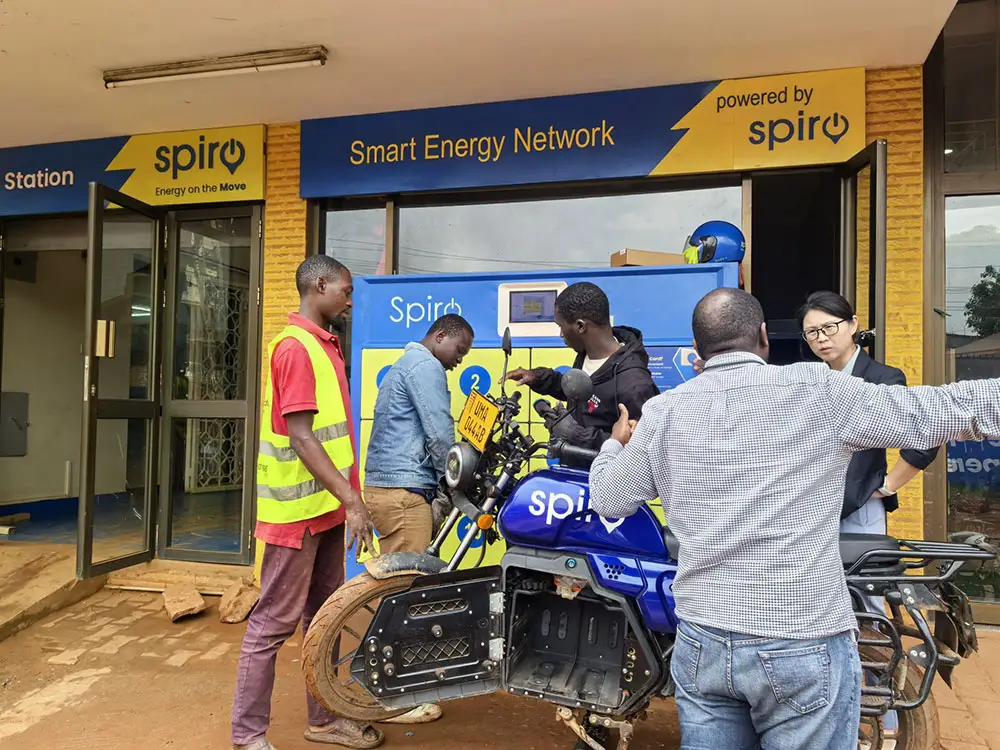
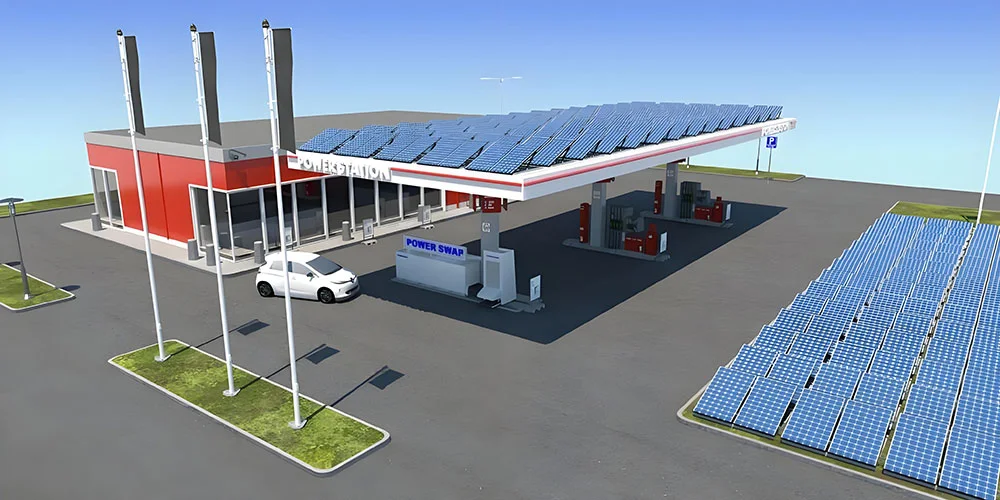
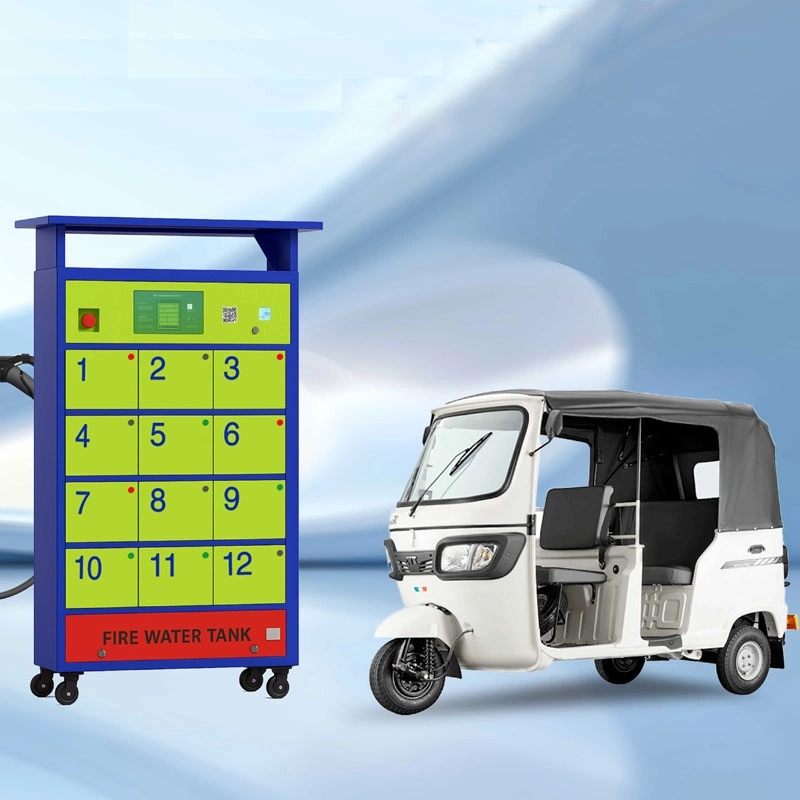
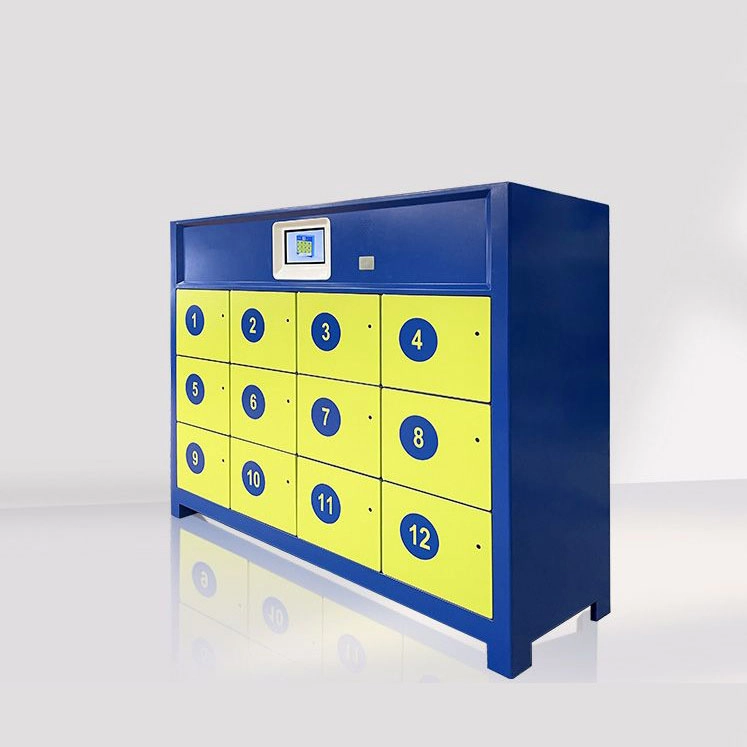
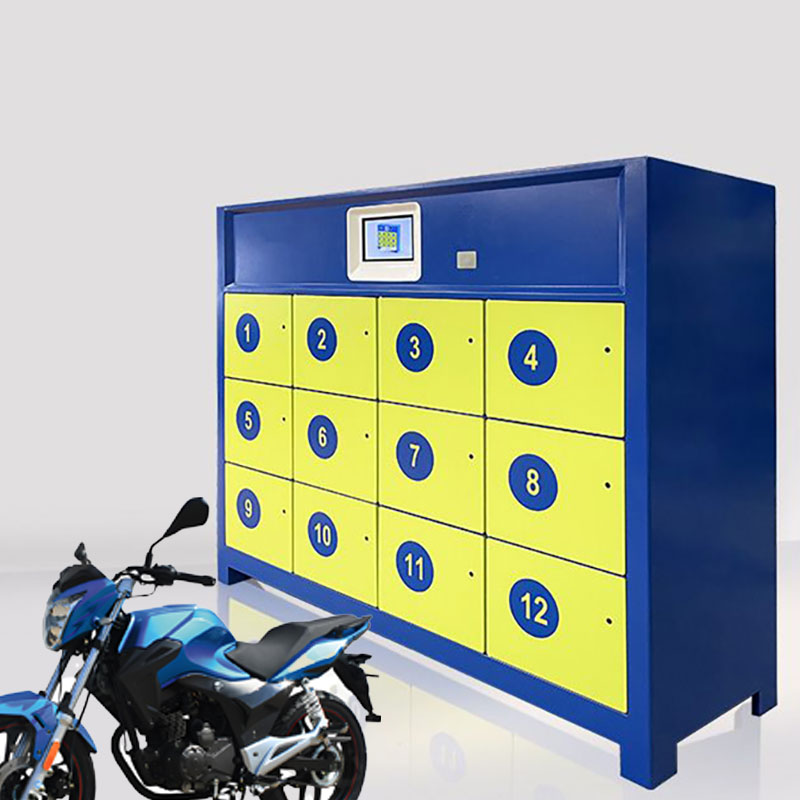
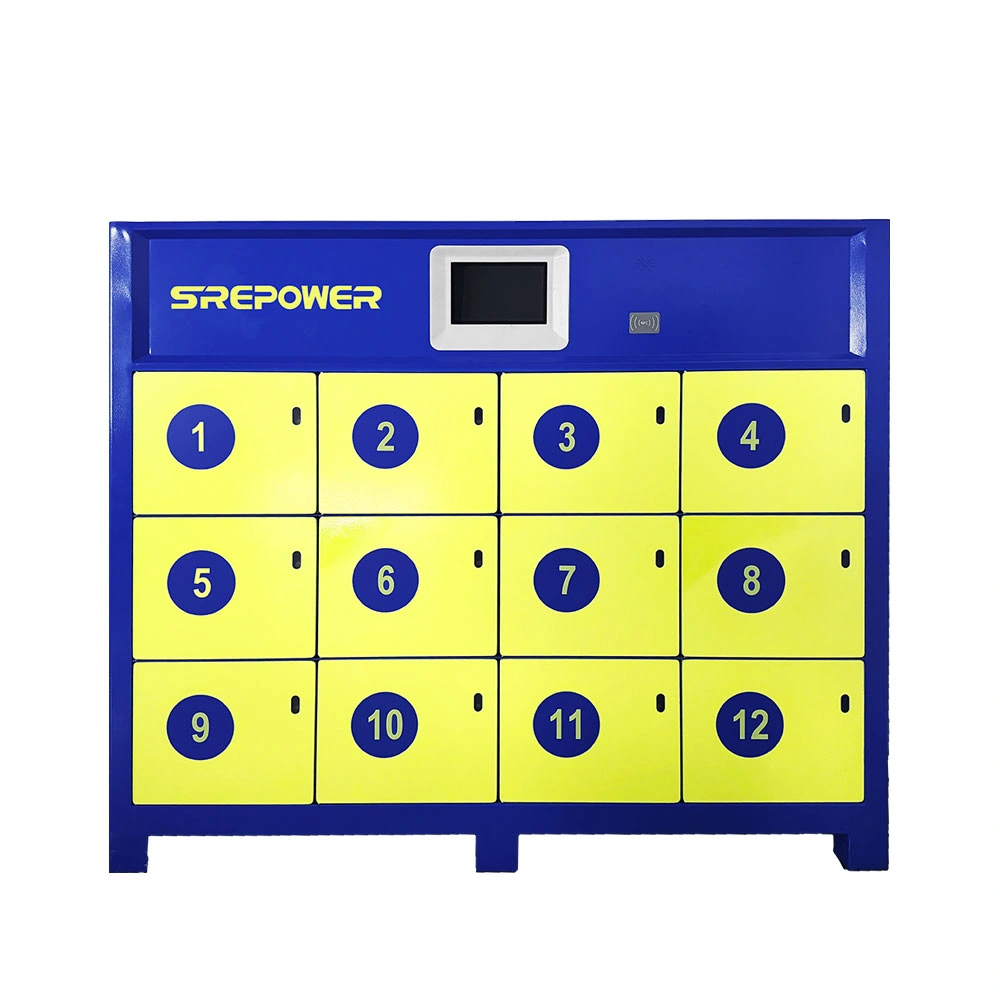
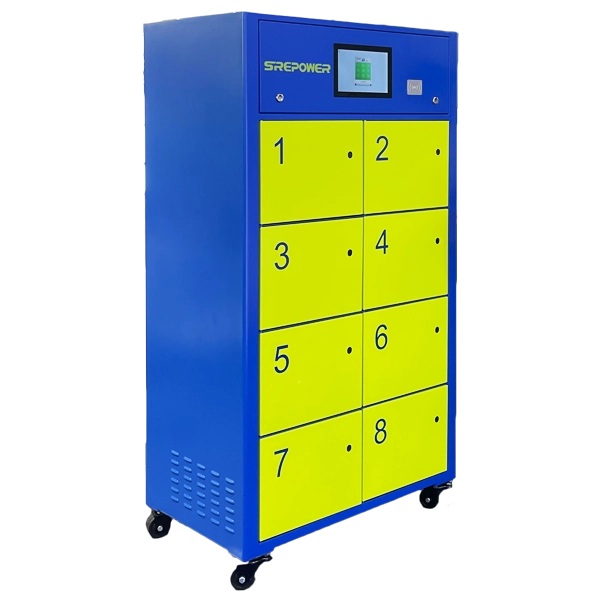

Swap Station 12 Cabinets 15.8KW Battery Swap Station 8 Cabinets 10KW Battery Exchange Station 5 Cabinets 15.8KW Smart Swap Station 10 Cabinets 16.8KW Swap Charging Station 4 Cabinets battery switching station for E-Bikes and Scooters 12 Cabinets Charing Rack Smart Swap Station
Fast Charger Column Charging Pile-12KW AC Column Charging Station 12KW Wall-mounted Charging Pile 7-20KW AC Column Charging Post with Dual Gun Charging 12KW AC Charging Pile-no display 120/160KW EV Car Charger
Portable Charger 1300W Portable Battery Charger 2100W Waterproof charger 840W Series Home Battery Charger 300W Series Portable Battery Charger 180W AC Home Charger dual output battery charger
Address:2-903, Building T2, Haiku Technology Building, Bao'an District, Shenzhen, Guangdong, China.
Phone:0755-23054220
E-mail:Info@srepowerne.com
 WhatsApp Contact
WhatsApp Contact
Copyright @ China ev fast charging manufacturers&companies&suppliers&vendor&provider- SRE Power